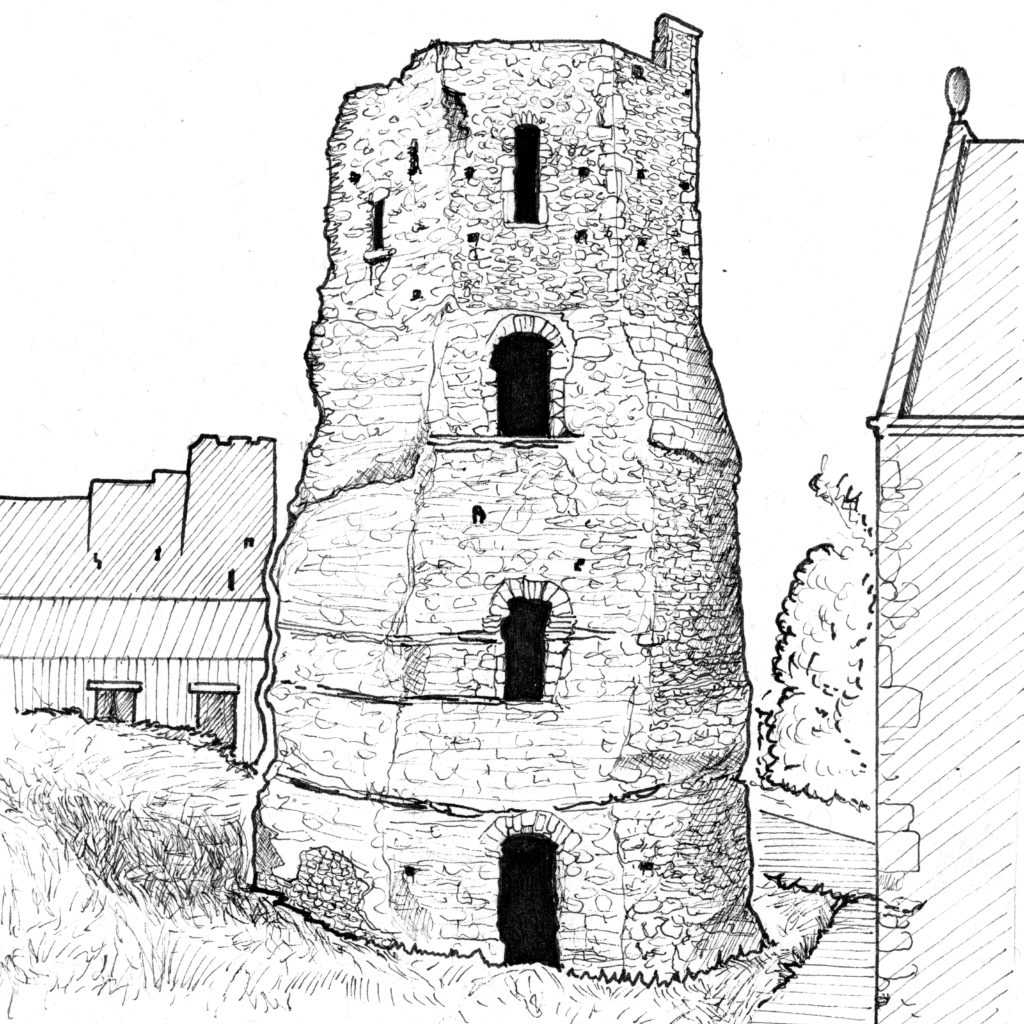We pick up where we left off with illustrator Ben Langworthy’s mission to draw each of the 300+ lighthouses which pepper the UK coastline. Today’s, lucky No. 13, is the oldest in the country.

Lighthouses have been a common sight for seafarers for thousands of years, but they once looked quite different to the classic striped tower, with greenhouse-like light-room filled with lenses and incandescent lamps, we may think of today.
Originally they were topped by huge beacon fires and were known by the Greek word ‘pharos’ (in fact, people who study lighthouses are known as pharologists to this day). The most famous of these was the pharos of Alexandria, which was built around 280 BC and was one of the seven wonders of the ancient world.
The Roman empire also relied heavily on these structures to protect their trade routes, and along with their viaducts and amphitheatres, the Romans built several pharoi across Europe. While very few of these now survive, one of the oldest in Europe stands within the grounds of Dover castle.
You’d be forgiven for mistaking this unassuming and somewhat weather-beaten tower for little more than part of the church behind which it stands, but it was originally built around 50 AD. Constructed from Kentish ragstone and flint, the 4-storey tower now stands at about 60ft high (with the top floor being a ‘modern’ medieval repair), but it was once nearly twice as high and would have contained simple wooden floors leading to its flat roof — upon which a fire would have been tended nightly, guiding sailors traveling the treacherous waters between Gaul and Britannia safely ashore.
This remarkable tower is one of only 3 lighthouses built by the Roman empire to have survived anywhere in the world (the others being in Libya and Spain), and is a tantalising insight into the history of these strange, life-saving structures.
*